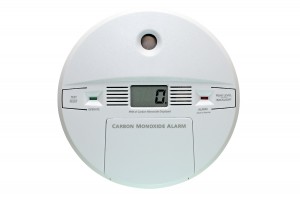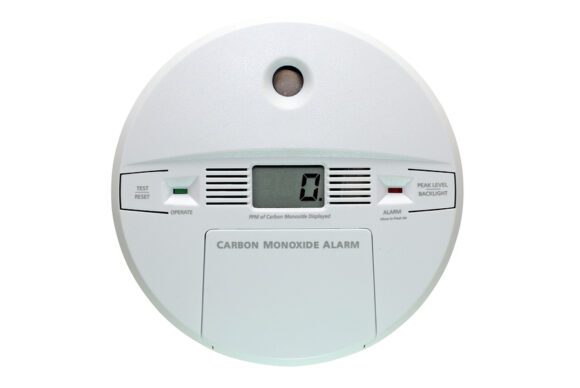A new requirement for carbon monoxide detectors in Washington homes takes effect on Jan. 1.
 State law has required the alarms in new construction beginning in 2011. The 2013 law requires the detectors in all existing residences, including apartments, condos, hotels, dormitories and residential institutions.
State law has required the alarms in new construction beginning in 2011. The 2013 law requires the detectors in all existing residences, including apartments, condos, hotels, dormitories and residential institutions.
Owners of single-family homes will be required to have the detectors when their home is sold or when they apply for a remodeling permit.
The Washington Realtors organization usually opposes point of sale requirements, but it worked with proponents of the alarm legislation to help protect clients from the poisonous gas, said Nathan Gorton, government affairs director.
Sellers will be required to make sure alarms are in the home before closing, he said.
“We didn’t think that was unreasonable,” Gorton said Tuesday.
The state Legislature ordered changes in the building code after widespread power outages from a December 2006 windstorm in the Puget Sound area led to hundreds of people being treated for carbon monoxide poisoning. Eight deaths were blamed on fumes from people using generators or lighting barbecues inside their homes.
“Those kind of tragedies pushed them to require alarms in residential buildings,” said Dana Catts, education specialist with the Seattle Fire Department.
“Because of the frequency of winter storms in our area, it’s important to have carbon monoxide alarms, because you can’t see it or smell it.”
The fumes are more of a problem in homes that have been sealed for energy conservation.
“Homes today are built so tightly there’s not a lot of interchange with outside air,” she said.
Immigrant families are more at risk if they’ve come from cultures with well-ventilated homes or traditions of cooking over indoor charcoal, Catts said.
“It can happen to anybody who brings in the wrong type of heating, like barbecue grills, or generators,” she said.
Like smoke detectors, carbon monoxide alarms will save lives, Catts said.
“It’s just another important safety device that will help alert people,” she said. “You don’t know it’s happening until you get flu-like symptoms.”
The carbon monoxide alarms look similar to smoke alarms. They can be hard-wired or battery powered. They are sold where smoke alarms are sold and some models are combined with a smoke alarm. Prices range from $25 to $40.
Follow installation directions, but generally alarms should be located outside bedrooms, with one alarm on each level of a home.
Was this article valuable?
Here are more articles you may enjoy.


 Family of Canadian CEO Killed in Helicopter Crash Files $35 Million Lawsuit
Family of Canadian CEO Killed in Helicopter Crash Files $35 Million Lawsuit  UK to Compel 1,000 Firms to Shore up Cyber Defenses After Hacks
UK to Compel 1,000 Firms to Shore up Cyber Defenses After Hacks  Fed’s Powell Says Tariff Impact Likely to Be Larger Than Expected
Fed’s Powell Says Tariff Impact Likely to Be Larger Than Expected  Oracle Tells Clients of Second Recent Hack, Log-In Data Stolen
Oracle Tells Clients of Second Recent Hack, Log-In Data Stolen 